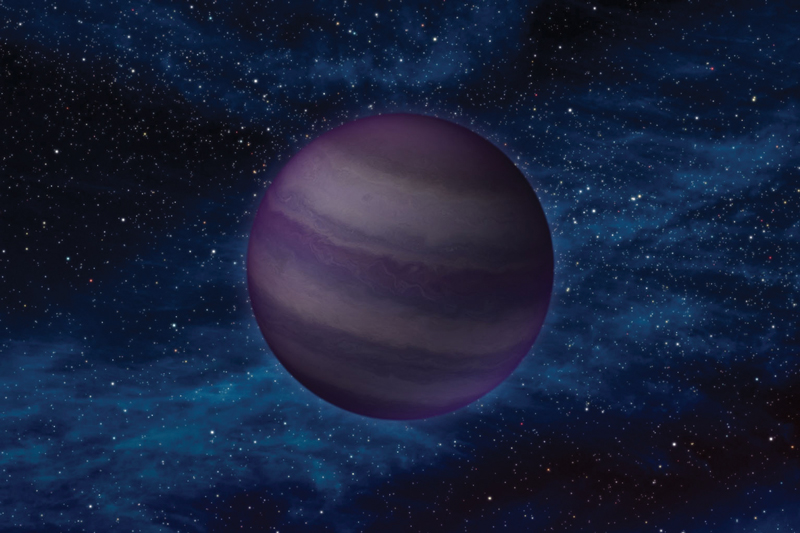Cosmic Treasure Hunt: Join the citizen science project searching for signs of Planet Nine
Spring
2017
Connecting Worlds
Cosmic Treasure Hunt: Join the citizen science project searching for signs of Planet Nine
Kendra Redmond, Contributing Writer

Instead of binge-watching one more episode of “Game of Thrones” or “The Big Bang Theory,” consider taking a few minutes to look at your cosmic neighborhood. You could be the one to discover the alluring, hypothetical Planet Nine.
The existence of a ninth planet about ten times as massive as the Earth and located far beyond Neptune could explain the strange behavior of some objects in the outer solar system, as well as the mysterious tilt of the sun relative to the orbits of the planets in the solar system.
Not everyone agrees that Planet Nine is likely to exist, but, as the evidence grows, a number of teams are on the lookout using clever techniques and powerful telescopes. It’s not an easy effort. Although Planet Nine’s probable location has been narrowed down, we don’t know where along its estimated 15,000-year path around the sun it is right now (if it’s out there), and the farther it is from us, the dimmer it will be.
You don’t need an astronomy background or clear skies to join the search, just a computer, internet connection, and a bit of time. Already more than 30,000 citizen scientists are participating in a search effort called Backyard Worlds: Planet Nine, which debuted in February.
With the help of the public, astronomers are sifting through a huge collection of images from the deep solar system. They hope to zero in on signs of Planet Nine and planetlike stars called brown dwarfs living at the edges of the solar system.

The images come from NASA’s Wide-field Infrared Survey Explorer (WISE) mission, which surveyed the sky in infrared light during 2010 and 2011. The mission was reactivated in 2013 to look for potentially dangerous near-Earth objects like asteroids and comets.
Some models of Planet Nine suggest that it could give off infrared light that would be visible in WISE data. In addition, there is evidence that a group of undetected brown dwarf stars may be floating around in this region of the sky that should be visible in infrared light.
The best way to search for Planet Nine and brown dwarfs in WISE data is with relative motion. Remember flip books? When you flip the pages of these books quickly, small variations between the images on consecutive pages evoke movement. Essentially, Backyard Worlds is a collection of flip books. Each book includes images from the same area of the sky, taken at different times. Objects that are close to us, like brown dwarfs and Planet Nine, appear to move faster across the sky than distant stars and galaxies.
Computers are experts at processing and sorting data, but there are still some cases, like this one, in which human eyes are better. Computers can get distracted by unrelated but especially bright stars or blurry bright spots in WISE images. Humans are more drawn to motion.
If you participate in Backyard Worlds, you’ll view these “flip books” as short videos and watch for spots of light that move differently than the others. If you find a “mover,” you flag it, note where you found it, and check whether it has been catalogued. Given what astronomers know is out there, you can expect about one mover per 60 videos. But it’s the potential for objects that we don’t know about that makes this so exciting!
Backyard Worlds is hosted on Zooniverse, a platform for research projects that uses volunteers to help sort through data. On Zooniverse you can also help LIGO scientists search for gravitational waves with Gravity Spy, classify distant galaxies with Galaxy Zoo, look for exoplanets with Planet Hunters, or branch into fields ranging from literature to biology. These are real research efforts and many have resulted in peer-reviewed publications.
Backyard Worlds is a collaboration that includes scientists from NASA Goddard Space Flight Center, University of California, Berkeley, Arizona State University, the American Museum of Natural History, and the Space Telescope Science Institute.
What are you waiting for? Start searching at backyardworlds.org!
